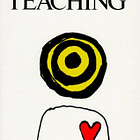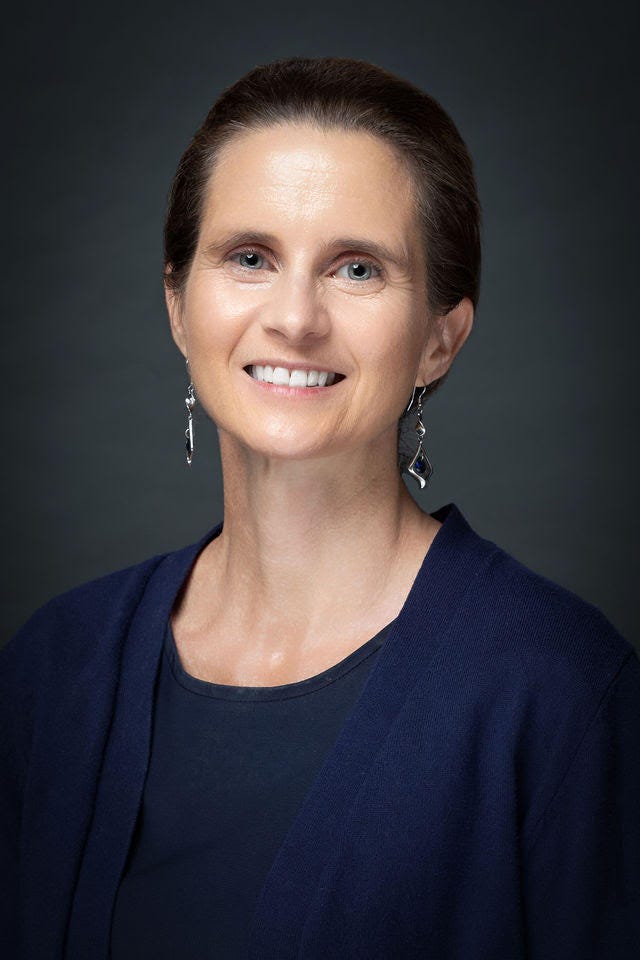As an Amazon Associate I earn from qualifying purchases
What can we learn from the history of Latin teaching and modern Second Language Acquisition?
The internet is full of responses to the question of how or why to teach Latin. I believe it is high time that we ground this question in both the history of Latin teaching and principles of Second Language Acquisition (SLA). Our central concerns ought to be: what is quality language instruction and what does it mean to be true to the classical tradition of language teaching? And I think these two questions also need to inform our program goals. So, I will briefly address these three aspects: Latin in the liberal arts tradition, important principles of Second Language Acquisition, and suggestions for suitable goals of a Latin program.
What does it mean to teach Latin in the liberal arts tradition?
Learning a language in the liberal arts tradition meant going through the Trivium, all three parts of it. The Art of Grammar in the Trivium was defined as recte scribendi atque loquendi ars, the art of speaking and writing correctly. And this, along with the end goal of Rhetoric, the art of effectively conveying arguments, was foregrounded in the teaching of Latin throughout the centuries at least until the early 1800s. This “art of speaking and writing correctly” first and foremost involved imitation, memorization and recitation of Latin sentences and texts. The most widely used treatise of grammar, Donatus’ Ars Minor, is not a collection of charts, but a catechism, of full sentence questions and answers. And throughout their studies, students were expected to read, discuss, analyze, and write in Latin. This kind of interaction allows us to really enter the world or even the mind of authors rather than transferring an author’s words and world into ours. Translation effectively keeps us out of the language and thought patterns. This active engagement is how Newton was able to write his Principia Mathematica in Latin over a thousand years after the fall of Rome. So, in the classical tradition, students became active participants in the ongoing great conversation in Latin, and grammar was a skill largely acquired through imitation of the best examples of accurate and eloquent usage.
How should principles of SLA inform Latin instruction?
Latin teaching also needs to be informed by some important principles of SLA. And while, in my view, not all current methods and theories are fully compatible with a liberal arts education, some important ones are not only fully compatible but also supported by numerous studies and by scholars from various positions. Comprehensible Input is unanimously recognized as the one indispensable element in SLA. (CI means providing messages, i.e. information, stories, or questions, that students can understand, so they can make form-meaning connections and build a mental representation of the language in their minds). Secondly, scholars agree that interaction in the language is by far the most effective in fostering long-term retention of vocabulary and grammar.
And while some theories in SLA minimize the role of explicit grammar instruction, this is not the only position; in fact, lots of current research emphasizes the need for contextualized grammar instruction, where meaning is kept in the foreground, and students are constantly making connections between form and meaning. I’ve heard so many high school teachers express their frustration that even after years and years of drilling and chanting forms, students still don’t recognize eius or quibus out in the wild when they encounter those words in Caesar or Virgil. That’s because charts and chants don’t foster form-meaning connections. So, grammar needs to be taught with an understanding of the most effective methods: not in isolation but in context and with comprehensible input as the foundation.
What are Suitable Goals of a Latin Program
Lastly, regarding suitable goals, I strongly believe that the overall goals of a Latin program need to be attainable by all or most students within the time available, not just the small percentage that continues Latin in high school. I would propose the following three goals:
1) Filling students minds, from the beginning, with beautiful and significant passages through extensive memorization (ranging from proverbs and prayers to odes and prose passages).
2) Sufficient reading fluency of accessible Latin texts (such as the Vulgate or the Gesta Romanorum) so that students can continue to use the language when their course work is over. By “reading fluency” I mean taking in the phrases, clauses, and sentences as they are written, while forming mental pictures of what it says (mostly without thinking in English). And alongside this, classes should also instill enough wonder and joy to inspire in students the desire to actually continue to use the language.
3) A deeper understanding of how language works. However, we need to really emphasize truly understanding grammar, for which students need to make form-meaning connections.
So my short answer to the question of how to teach Latin is: through copious memorization of Latin sentences, through abundant comprehensible input and interaction in the language, and lots of contextualized and meaningful grammar practice.
Dr. Laura Eidt teaches in the German, Spanish, Comparative Literature, Humanities and Classical Education programs at the University of Dallas, and is Director of the Humanities Program and of UD’s K-5 Latin curriculum Latin Through Stories.
Laura Eidt grew up in Germany and received her B.A. in English, Spanish, and German Literatures and Linguistics from Hamburg University. After a year-long scholarship to study at the Universidad Complutense of Madrid, she decided to pursue a career in Comparative Literature at the University of Texas in Austin. She wrote her M.A. thesis entitled Poetry of German Expressionism and the Spanish Avant-garde: Re-Contextualizing García Lorca’s Poeta en Nueva York and her doctoral dissertation, Writing and Filming the Painting: Ekphrasis in Literature and Film, which was also published as a book. Having studied English, Spanish, French, Italian and Latin (in addition to her native German) at various points in her life, she is also highly interested in how languages are learned, how they are related, and in effective ways of teaching foreign languages. This interest has led her to develop various classes on foreign language pedagogy, as well as the K-5 Latin curriculum for UD’s St. Ambrose Center.




